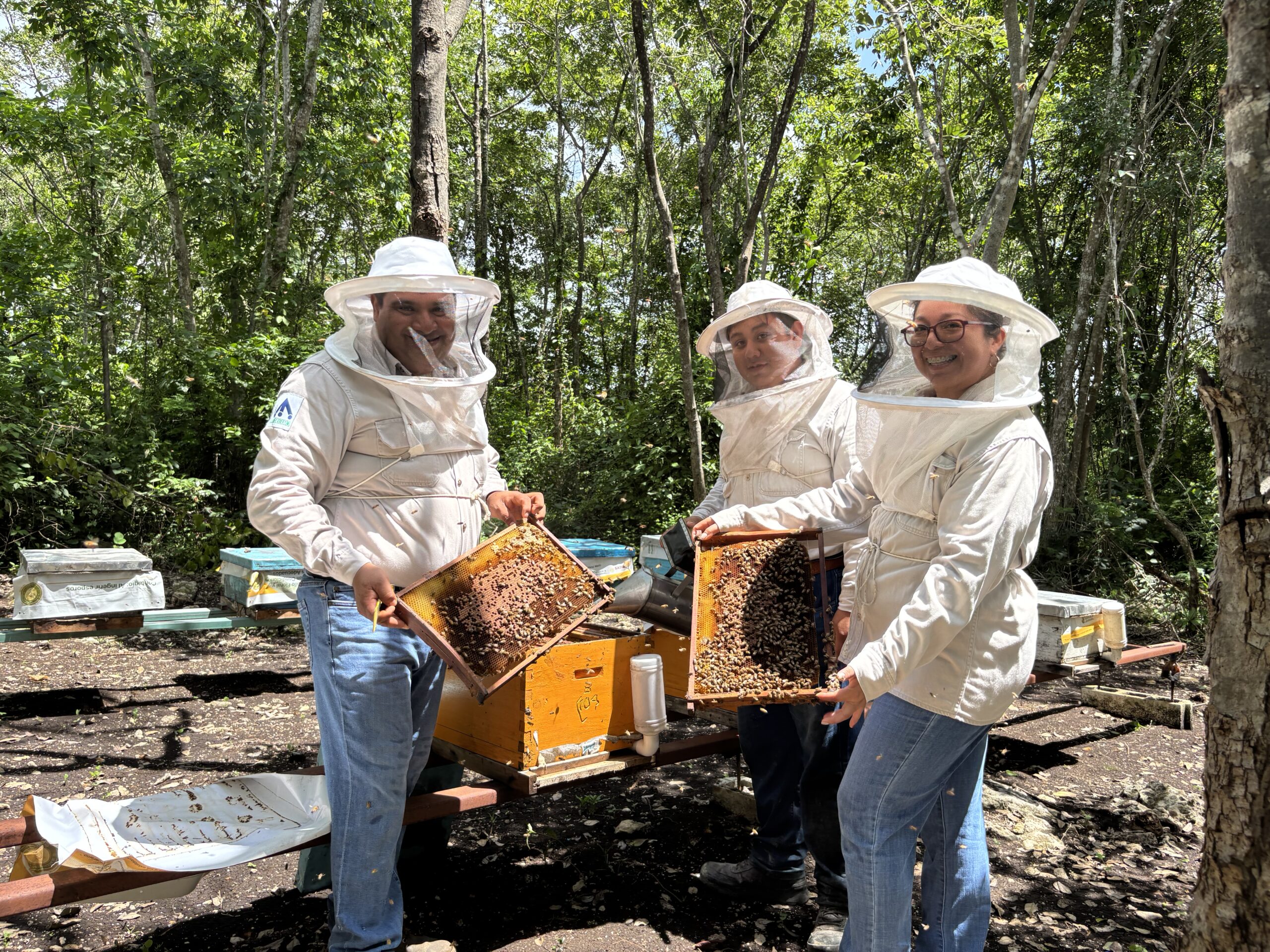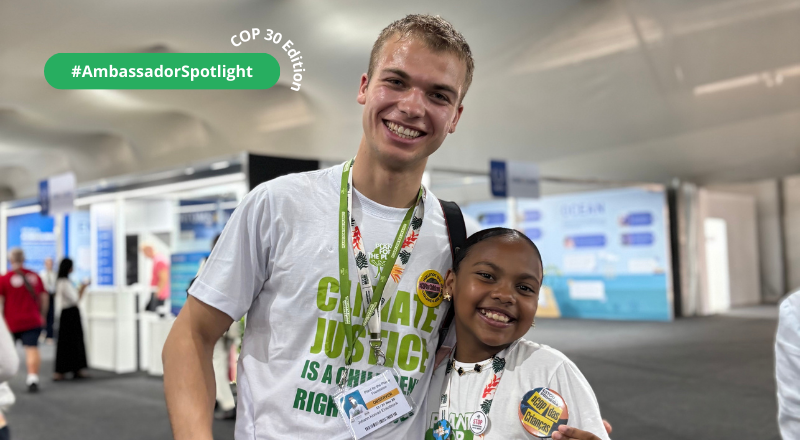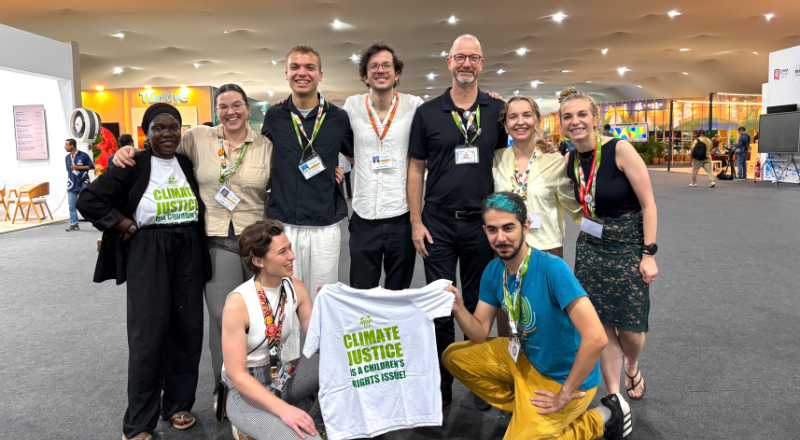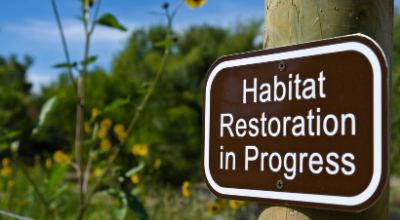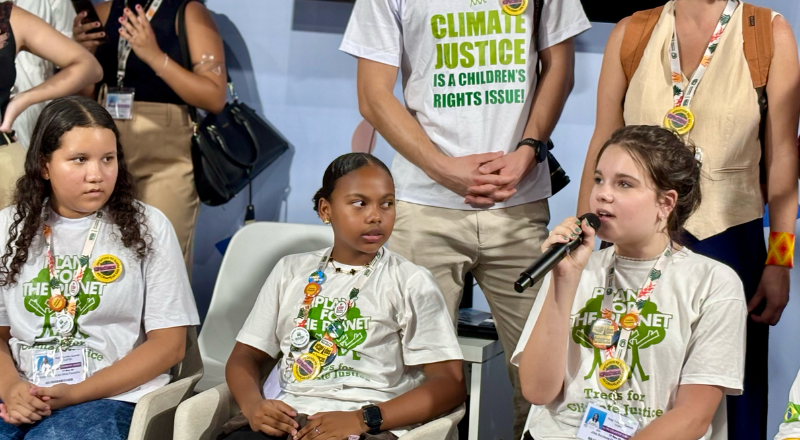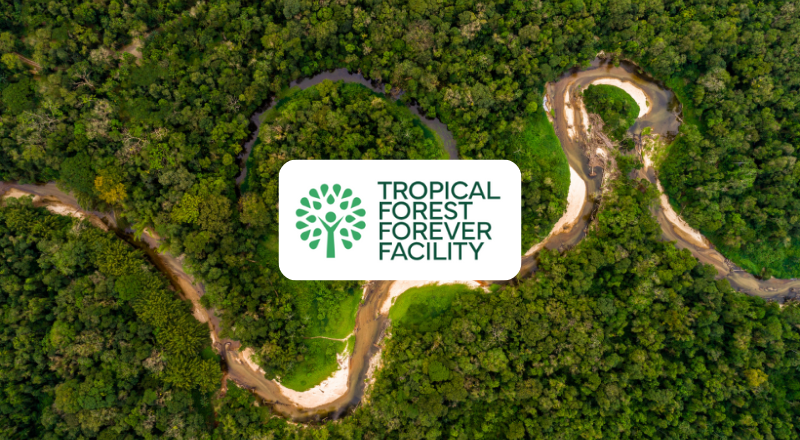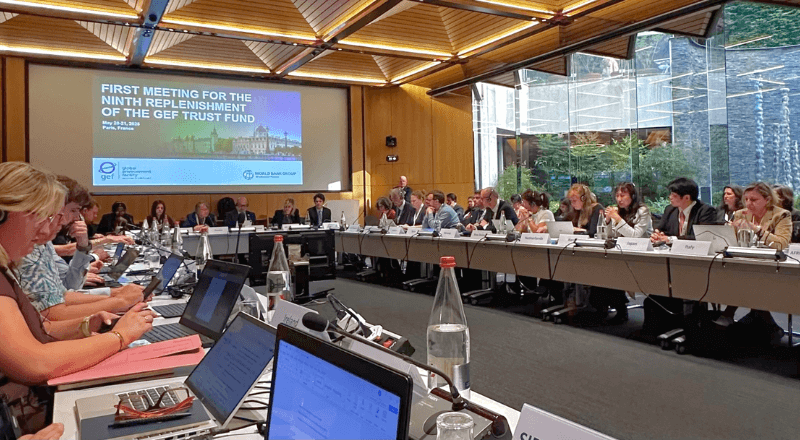
When the first GEF-9 Replenishment meeting began in Paris earlier this week, much of the discussion focused on the size of the Trust Fund for 2026 to 2030. Yet, a closer look revealed that the meeting was about more than just numbers. It was about strategical priorities, what matters most, who is included in the decision-making process, and how those decisions will be put into practice.
Civil society and young people were not just in the room. We were heard throughout—with a focus on a Whole of Society Approach!
But first, what exactly is GEF?
The Global Environment Facility, or GEF, is a major funder of projects that protect nature and fight climate change around the world. In its eighth replenishment for funding cycle from 2022 to 2026, GEF gathered $5.33 billion. GEF is guided by governments and by global agreements like the UN climate and biodiversity conventions. It brings together governments, civil society, and the private sector to support work that restores forests, cleans up oceans, and helps communities adapt to a changing climate. GEF is one of the biggest sources of funding for people and groups working to heal the planet.
Representing organizations from the Global North
I had the opportunity to attend as part of the GEF Civil Society Network (GCN), representing organizations from the Global North. Plant-for-the-Planet is a member of the GCN and has been actively contributing to GEF’s work with civil society and youth. In my role as Chair of the network’s Technical Subcommittee, I shared a message on behalf of many, especially those whose work and voices are often underrepresented in global forums.
My message was simple.
“If we want real climate action, we must fund what works. And what works is already here.” – Sagar Aryal.
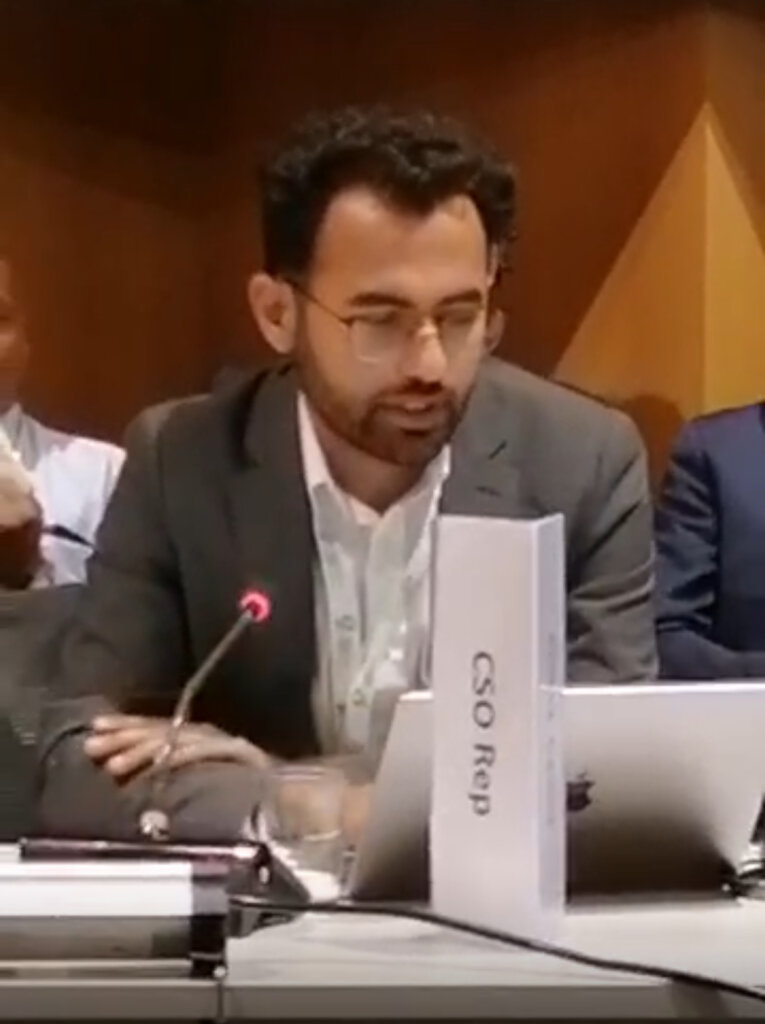
We emphasized the need to look beyond traditional project categories and recognize the role of:
– climate education that empowers people, especially youth, to understand and act on environmental challenges,
– open, accessible technology that enables local groups to lead, monitor, and improve their work,
– inclusive systems that put communities, Indigenous Peoples, and frontline defenders in leadership and execution, not just consultation, roles.
At Plant-for-the-Planet, we’ve seen what happens when communities have access to the tools and knowledge they need. Projects become more transparent, data-informed, and driven by those who understand local contexts best. While we build platforms to support this, the call we raised was not about any one tool or group, it was about ensuring that the ecosystem of support around these actors is strong, open, and scalable.
Too often, these enabling elements, education, digital infrastructure, inclusive design, are treated as secondary. But they are central to lasting impact.
Aligning funding with lived realities
The GEF-9 replenishment will meet financial commitments from donor countries by its fourth meeting in March 2026, marking an important moment to reset assumptions. It is a time to fund with intention and to ask not just what is funded, but also how, by whom, and why. Legitimacy in climate governance depends on voice, access, and accountability. If those most affected by the crisis are excluded from shaping or scrutinizing decisions, then equity remains rhetorical.
This replenishment process can be a turning point if we center those closest to the work, and if we align funding with lived realities, and if we recognize that climate solutions are not just technical – they are social, educational, and deeply local.
